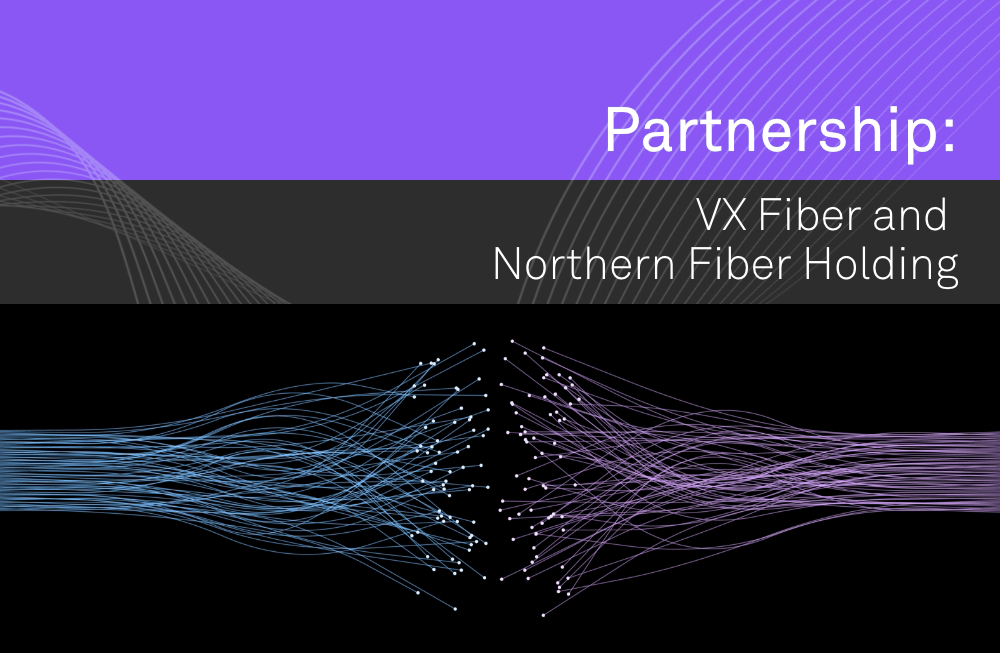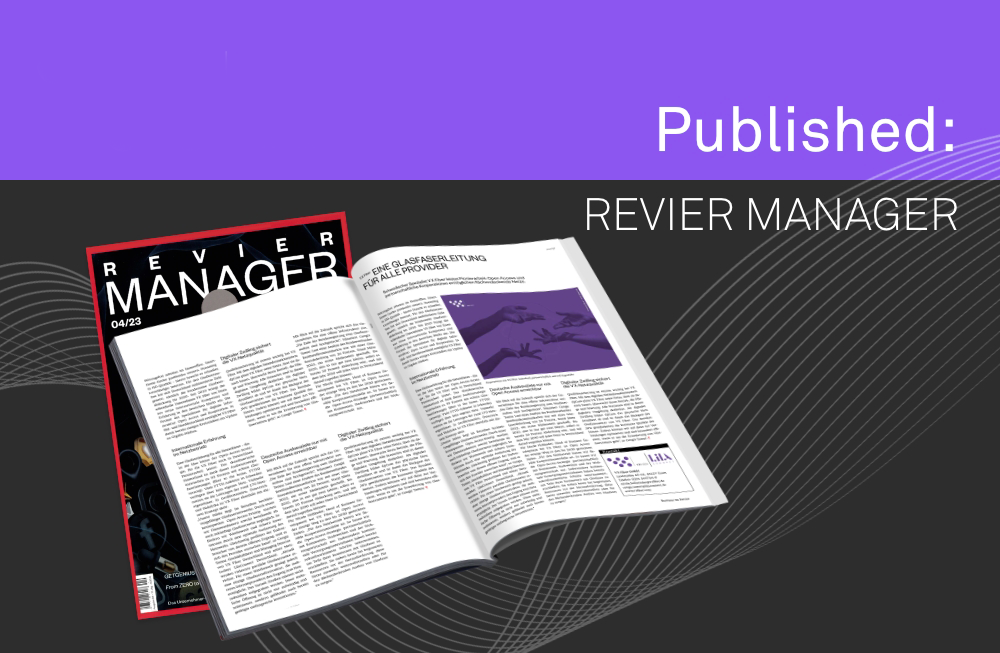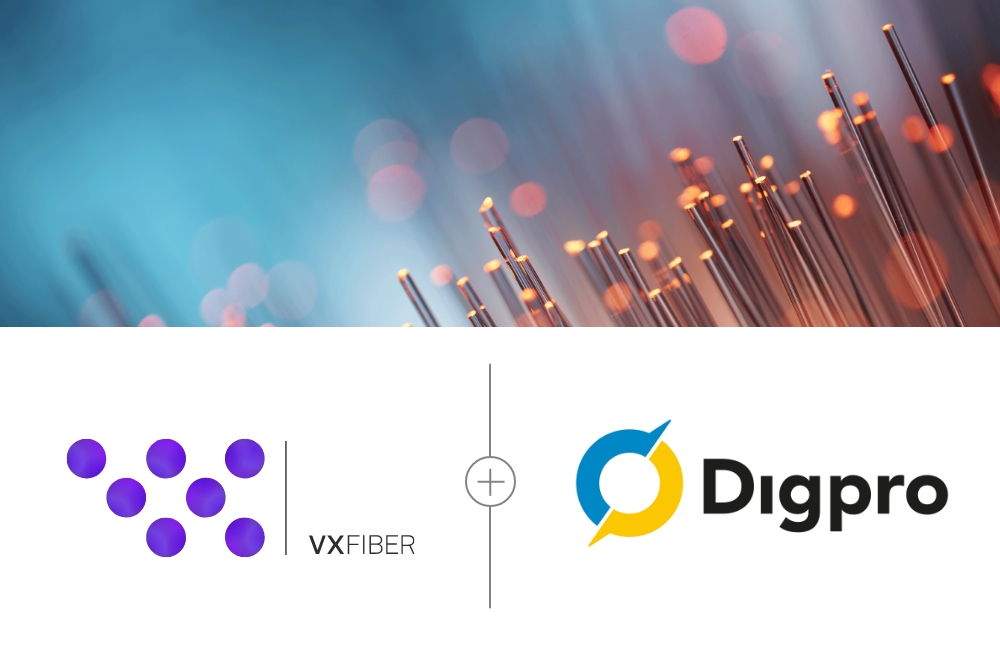Mikael Sandberg, Chairman, VX Fiber, discusses how collaboration, public/private investment and an Open Access model are the key ingredients to getting Europe connected.
In late April, the FTTH (Fibre to the Home) Council Europe published its 2020 Market Panorama detailing the status of full-fibre connectivity (homes and business) in Europe. According to the report, as of September 2019, there were almost 172 million FTTH/FTTB homes passed in the EU39 countries – up from 160 million from the previous year. The UK came ninth in the country rankings and was one of the five fastest-growing markets in Europe (up by 50.8%). Across Europe, Alternative Network providers (AltNets) – with innovative Open Access models – are contributing around 56% of the total fibre expansion (FTTH Council Europe’s 2020 Market Panorama).
This digital evolution is testament to the positive policy environment, investment appetite and the capabilities of the European digital infrastructure sector. It is being driven by EU Digital Agenda goals and individual country governments playing a vital role as catalysts for full-fibre deployment. After all, there is a clear understanding of the link between a strong digital economy and the creation of economic growth and social mobility – the backbone being internet connectivity.
Addressing the challenges: Investment and democratic ownership
One of the major challenges in rolling out full-fibre is financing. There has always been a discussion around the need for investment from, and collaboration between, both the public sector and private business. But the conversation around the democratic ownership of a country’s digital infrastructure is also finding a louder voice. As a result, those directly involved in the decisions and deployments of full-fibre networks are looking at alternative solutions and providers. This is something that has been detailed thoroughly in the report Full Fibre Futures: Democratic Ownership and the UK’s Digital Infrastructure report published by Common Wealth (December 2019).
An Open Access model for full-fibre
In the context of telecommunications networks, “Open Access” typically means the access granted to multiple Service Providers to wholesale services on one physical network infrastructure. This enables Service Providers to reach the subscriber without the need to deploy a new fibre access network themselves. There are a number of business models that exist depending on which role the different stakeholder’s take-up. This shift in approach means that up-to-date and innovative fibre infrastructure is no longer really about telecommunications. Instead, it is about digital connectivity. By taking the telco operator out of the equation, investments can be made into the infrastructure by other groups of infrastructure owners such as real estate companies, utilities, private finance and municipalities. With this type of model, gigabit full-fibre becomes a strategic infrastructure asset, along with bricks and mortar or other physical investments.
By unbundling the traditional model of telecoms infrastructure, AltNets offering a true Open Access Model enables local authorities to take charge of their digital destiny. Thus, helping them to future-proof their boroughs’ infrastructure for the benefit of its citizens and the local economy.
Stoke-on-Trent: An Open Access project in practice
In Stoke-on-Trent (UK), AltNet provider VX Fiber has partnered with the City Council to deliver a government-funded Local Full Fibre Networks (LFFN) Wave 3 project. The AltNet is contracted to build and operate the infrastructure in the public domain – a 100+km radius full-fibre network using its pioneering Open Access Model. The city network (Stoke-on-Trent Private Optical Network) will be owned by Stoke-on-Trent City Council, whilst VX Fiber will further invest in the build of the necessary access infrastructure to connect premises. The Open Access Network will provide a neutral operating platform for Service Providers to offer their services to residents and businesses.
This Open Access model presents a scalable opportunity for any local, regional or national Government to deploy a greater take-up of fibre which, in turn, will enable and support economic and socio-economic prosperity. Essentially, the investment will open-up individual regional or local infrastructure projects to multiple external investors and power a country’s race to deliver universal high-speed broadband. It is an approach that has facilitated the fast rollout of fibre connectivity in countries such as Sweden and South Africa.
Europe has a bold vision for technology and full-fibre gigabit connectivity. Collaboration between governments, the industry and investor communities, and alternative Open Access Models
could help countries across Europe with a speedier deployment of full-fibre. This will certainly bring Europe a lot closer to achieving its digital destiny but also open-up a more democratic ownership model for infrastructure that is a vital foundation for a thriving society. Something that will be needed even more to help the economic and socio-economic recovery post-COVID-19 pandemic.






